Sponsored by Shot Scope
10 Key Performance Stats You Need To Know (Pay Attention To No.6)
Many amateur golfers head onto the golf course without a clear strategy, but our 10-point plan will help you to focus on the things that really cut your scores


Albert Einstein once said "Insanity is doing the same thing over and over again and expecting different results" - which is a notion that could not be more true in amateur golf.
Aimlessly blundering into round after round and hoping that your scores will improve is illogical, but perhaps more alarmingly it's also unnecessary due to the vast array of measures and metrics available to amateur golfers through performance data.
At the very least you should understand the basics, like how far amateur golfers hit their irons or how many birdies golfers maker per round, but there are so many interesting stats that point the way to success on a golf course.
In this article, I share 10 key stats that every golfer needs to know to shoot lower scores, using the latest Shot Scope data, making it easier than ever for you to access this crucial information in readiness for your next tee time booking...
10 Key Stats You Need To Know To Shoot Lower Scores In Golf
Before we start, I'd love to hear your experience of using performance data in your own game to drive improvement.
What was that one thing that unlocked the door to better scores? What helped you to break 80 for the first time or finally post a score under 100?
This guide acts as a tool for amateur golfers to pursue progress effectively and efficiently, so why not add your best advice in a comment at the bottom of this article.
1. Double Bogeys
This is going to sound like an obvious statement, so let's get it out of the way early.
Double bogeys are the enemy of every amateur golfer.
Those that successfully reduce their handicap make them less regularly, it's as simple as that.
A scratch golfer makes less than one every three rounds, a 10-handicapper just over two per round and a 20-handicapper more than six per round.
If you can limit the big numbers and play bogey golf on the tougher holes, you'll notice a marked difference in the long run.
2. Scoring Average
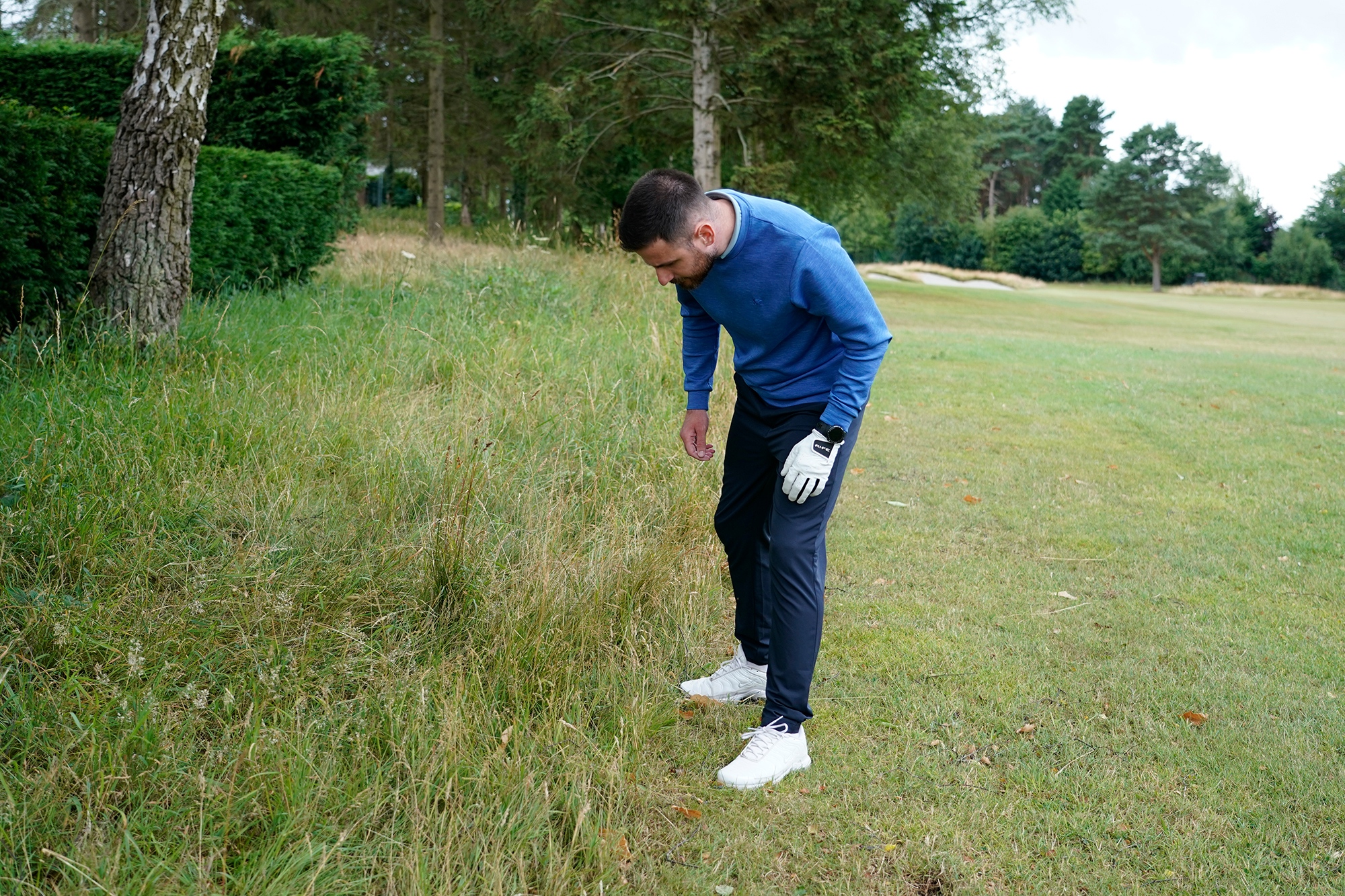
Playing golf with a clear and sensible strategy, by utilising the shots available, can help to avoid situations like this
Sometimes a lack of strategy and an element of hubris are the reason you can't kick the doubles.
Playing to nett par, and ignoring the number on the scorecard, is a great way to shoot lower scores.
Take advantage of the extra shots provided by your handicap, instead of going for the green in two on the par-5 with practically no chance of success.
This eliminates needless penalty shots, allows you to keep the ball in the fairway and limits the risk of bringing big numbers into play.
The scoring average for any amateur golfer with a handicap of 10 or less, irrespective of the par score of the hole, is a bogey.
There is the occasional par thrown in there for good measure, likely as a result of better strategy, but don't be a hero.
3. Front-Nine vs Back-Nine
I was surprised to find that the scoring average for amateur golfers improves on the back-nine when compared to the front-nine.
This is the case for all golfers with a handicap index of 5 or higher, while the opposite is true for scratch golfers and very-low single figure players.
The difference might be small, around 0.2 to 0.9 shots per round, but it's worth considering a plan to tackle the front-nine on your course.
If you can shave a few shots off before the turn, chances are you might be in for a low one.
4. Short Game
Your ability to get up and down from anywhere around the greens is something that will significantly factor into your handicap index and your scoring.
A scratch golfer gets up and down 54% of the time on average, while a 20-handicapper sees success just 19% of the time.
Spending time focusing on the best short game tips and drills is a great investment, as sharpening up with a wedge in hand could be the key to lower scores.
5. Driving Distance

Improving your driving distance is one of the most effective ways to shoot lower scores
The old saying 'drive for show, putt for dough' isn't actually that accurate, as driving distance is one of the most important factors in determining success on the golf course.
The driving distance average for a scratch golfer (285 yards) is more than 80 yards longer than a 25-handicapper (204 yards), while there is around a 10-20 yard jump as you move up each handicap index bracket (5 shots).
The best driving tips and drills focus on improving power and therefore distance, but you could also try the 10 best golf exercises to really give yourself the best chance of finding those extra yards.
6. Coming Up Short
On many golf courses, the danger lurks short of the green in the form of protective bunkers and perilous hazards.
Taking more club and finding the safety of the middle or back of the green is always a sensible play, especially when you consider the data.
A scratch golfer comes up short just 14% of the time from inside 100 yards, but the outcomes for other amateurs aren't as positive.
a 10-handicapper comes up short in around one in four attempts from the same distance, while a 25-handicapper suffers almost half of the time.
A straightforward strategy change of opting to take more than enough club instead of pin-seeking on every green is a simple but effective way to shoot lower scores.
7. Bunker Play
Bunkers can make or break your round, especially if you are someone who gets the fear-induced chills every time you see your ball nestled in the sand.
In reality, learning how to hit a bunker shot is not difficult, but this lesson is crucial for anyone who wants to shoot lower scores.
A scratch golfer gets up and down from the sand around 37% of the time, which is significantly better than a 10-handicapper (20%) and a 20-handicapper (15%).
Simple solution - beat the bunkers and reap the rewards.
8. Eliminate 3-Putts
There is very little reward in putting on a tee to green masterclass only to miserably 3-putt.
These costly but all-too-common errors are devastating for your scorecard, and your sanity, which is why working on the best putting tips and drills in practice is absolutely essential.
A scratch golfer makes just 0.8 3-putts per round on average, whereas a 10-handicapper (2.4) and 20-handicapper (4.6) fall foul a lot more often.
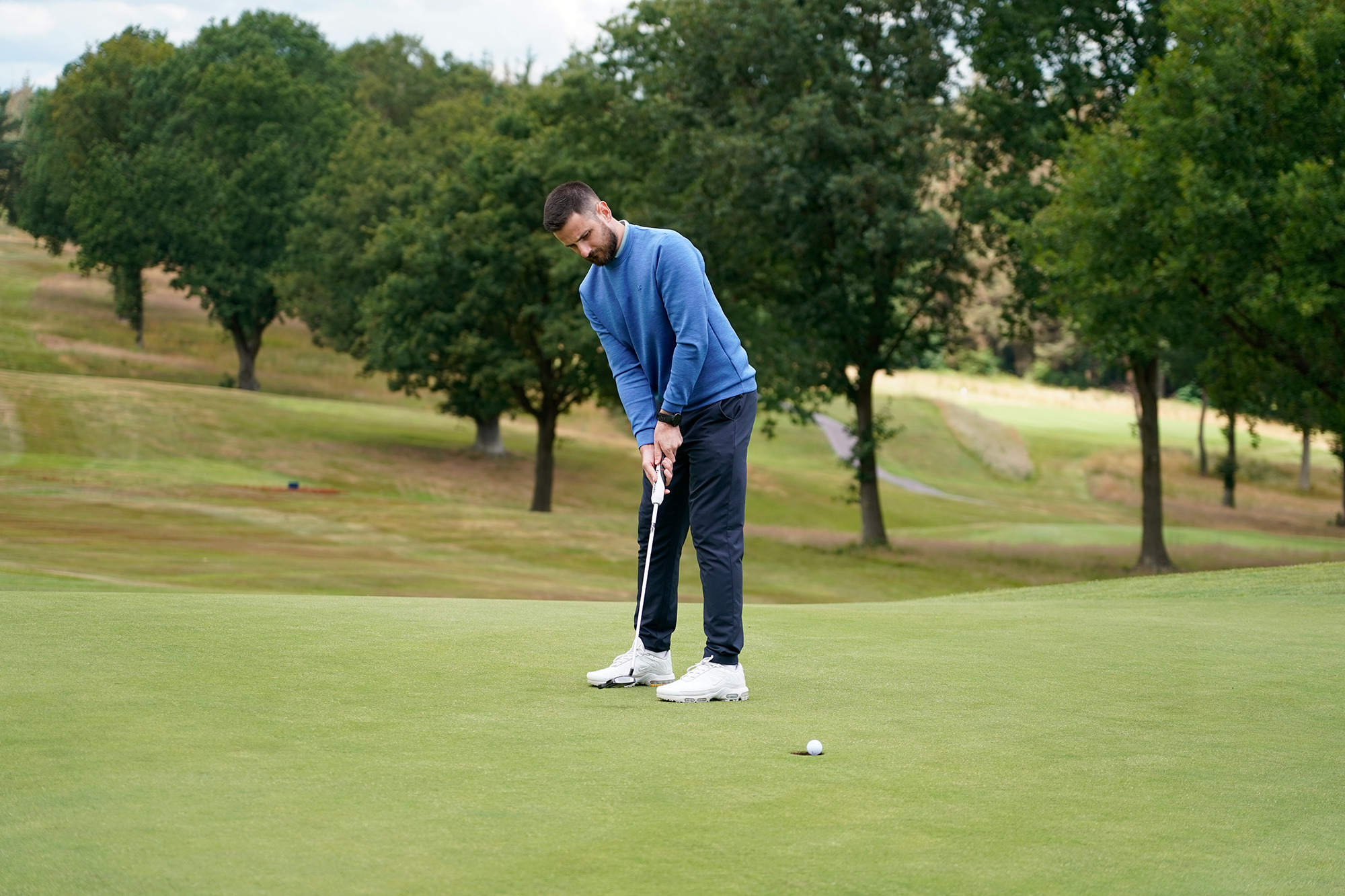
3-putts are absolute scorecard wreckers, so get comfortable with holing putts of this length to improve your scoring
9. Playing The Par-3s
Playing the par-3s is important, with little room for error and a big risk of racking up a big number if things go wrong.
Any amateur golfer with a handicap of 5 or higher hits the green on a par-3 less than 50% of the time on average, with high-handicap golfers having a less than 30% success rate.
Any golfer with a handicap index of 20 or higher is immediately staring bogey (or worse) in the face on the tee box, according to the data, so picking a sensible strategy to limit the damage is important rather than going for the Hollywood shot.
10. Try A Hybrid
Investing in one of the best hybrids clubs on the market might not be a bad move, as the success rate for hitting the green increases for most golfers when choosing this club over a long-iron.
In fact, for any amateur golfer with a handicap index of 5 or higher, using a hybrid is statistically the better play according to the Shot Scope data.
It's Crossword Time...
Subscribe to the Golf Monthly newsletter to stay up to date with all the latest tour news, equipment news, reviews, head-to-heads and buyer’s guides from our team of experienced experts.

Baz joined Golf Monthly in January 2024, and now leads the instruction section across all platforms - including print and digital. Working closely with Golf Monthly's Top 50 Coaches, he aims to curate and share useful tips on every aspect of the game - helping amateurs of all abilities to play better golf. Baz also contributes weekly to the features section, sharing his thoughts on the game we love and the topics that matter most. A member at Sand Moor Golf Club in Leeds, he looks forward to getting out on the course at least once a week in the pursuit of a respectable handicap.
Baz is currently playing:
Driver: Benross Delta XT
3-Wood: Benross Delta XT
Hybrid: TaylorMade Stealth 4 Hybrid
Irons: Benross Delta XT 5-PW
Wedges: TaylorMade RAC 60, Callaway Jaws MD5 54
Putter: TaylorMade Spider Tour
-
 I Test Golf Rangefinders For A Living - These Are My 9 Favorite Discounted Models Right Now
I Test Golf Rangefinders For A Living - These Are My 9 Favorite Discounted Models Right NowGolf is a lot harder if you don't have the right yardage before your shot - these rangefinders will help you get that number correct
-
 Time To Remove Conditional Status On The PGA Tour? And Joost Luiten’s Controversial Nedbank Omission Debated
Time To Remove Conditional Status On The PGA Tour? And Joost Luiten’s Controversial Nedbank Omission DebatedFour Golf Monthly writers discuss confusing PGA Tour statuses, Jeeno Thitikul's next Major aim and if wins are more valuable to careers than consistency...
-
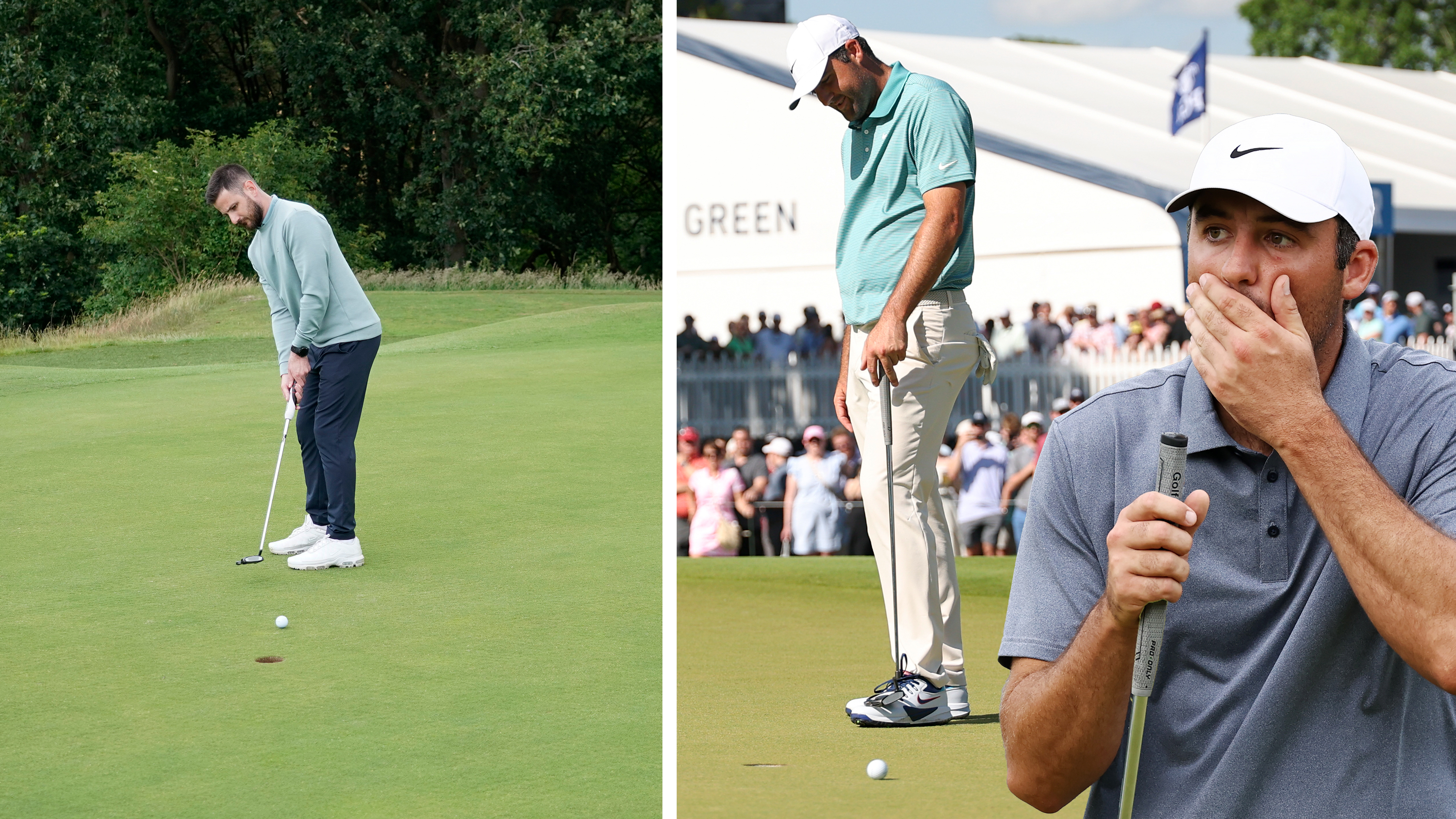 How Many Putts Do PGA Tour Players Miss From Inside 5ft... And How Do Amateurs Compare?
How Many Putts Do PGA Tour Players Miss From Inside 5ft... And How Do Amateurs Compare?We are used to seeing PGA Tour pros make putts from inside 5ft with relative ease, but how many do they miss... and how do you compare? Let's find out...
-
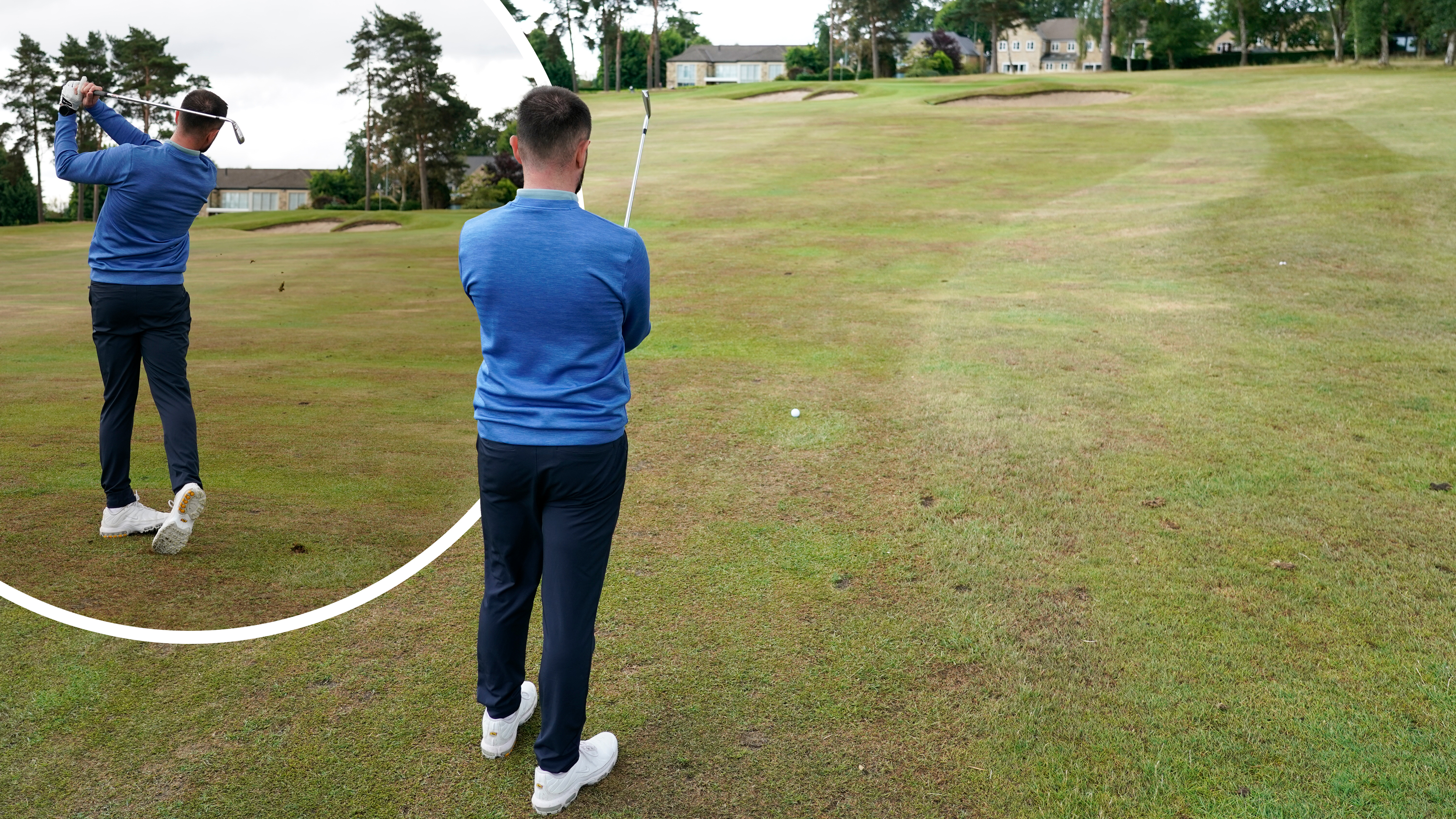 I'm Desperate To Break 80... But How Many Greens In Regulation Do I Need To Hit?
I'm Desperate To Break 80... But How Many Greens In Regulation Do I Need To Hit?Breaking 80 is a tough milestone to crack, but how many greens in regulation do you need to hit to get over the line? The latest Shot Scope data has the answer
-
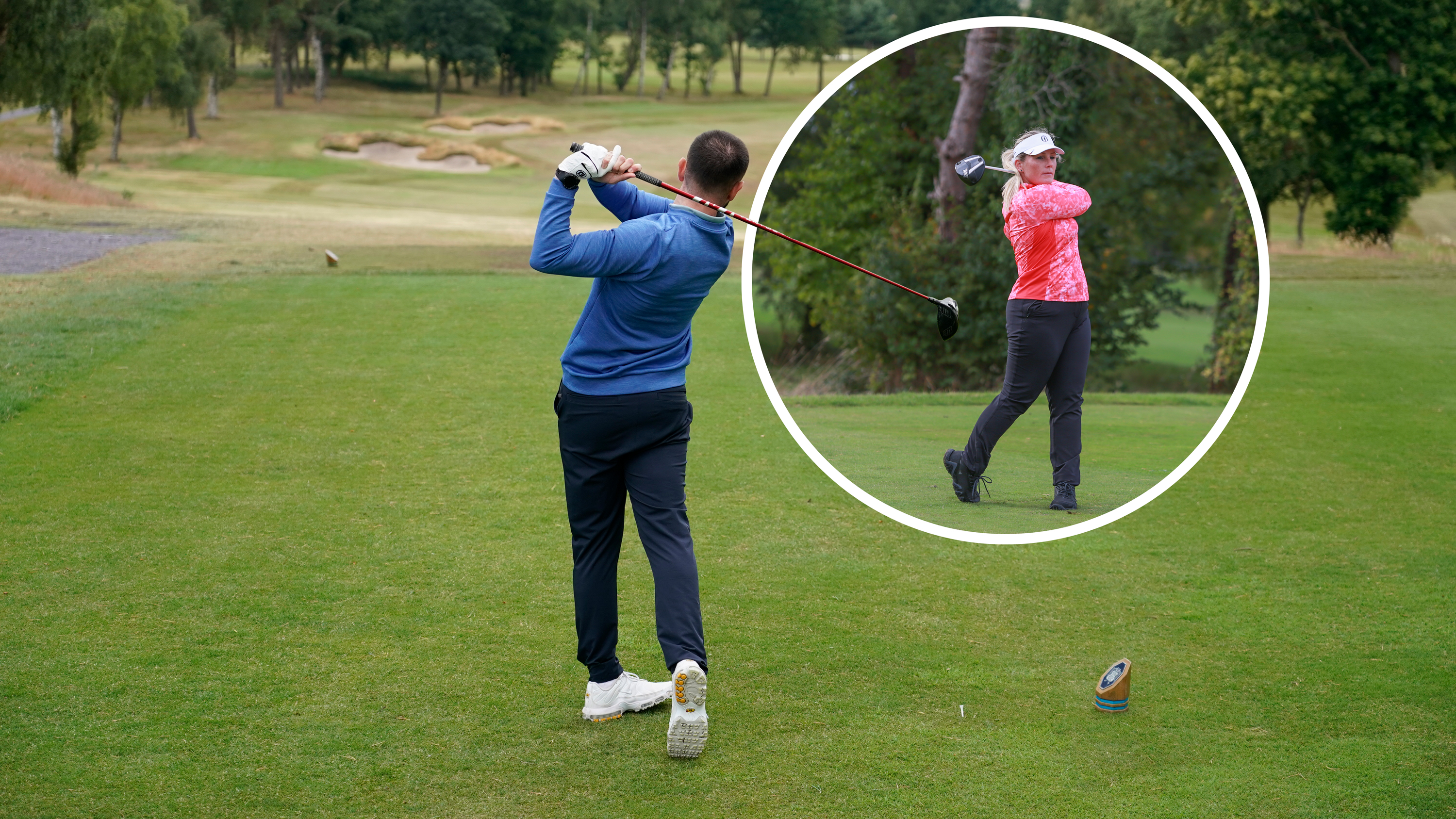 What's The Longest Drive Hit By An Amateur Golfer In 2025... And How Do You Compare?
What's The Longest Drive Hit By An Amateur Golfer In 2025... And How Do You Compare?We know how far tour golfers hit the ball off the tee, but what is the longest drive hit by an amateur golfer in 2025? I asked Shot Scope to find an answer...
-
 How Far Does The Average Amateur Golfer Hit Their Pitching Wedge?
How Far Does The Average Amateur Golfer Hit Their Pitching Wedge?The ability to hit a pitching wedge in close to the pin can lead to low scoring and even lower handicaps , but how far does the average amateur hit this club?
-
 The 9 Most Surprising Golf Stats That Will Blow Your Mind
The 9 Most Surprising Golf Stats That Will Blow Your MindInto your numbers? Nothing will prepare you for the surprising stats about the play of real golfers we've compiled here, with help from Shot Scope...
-
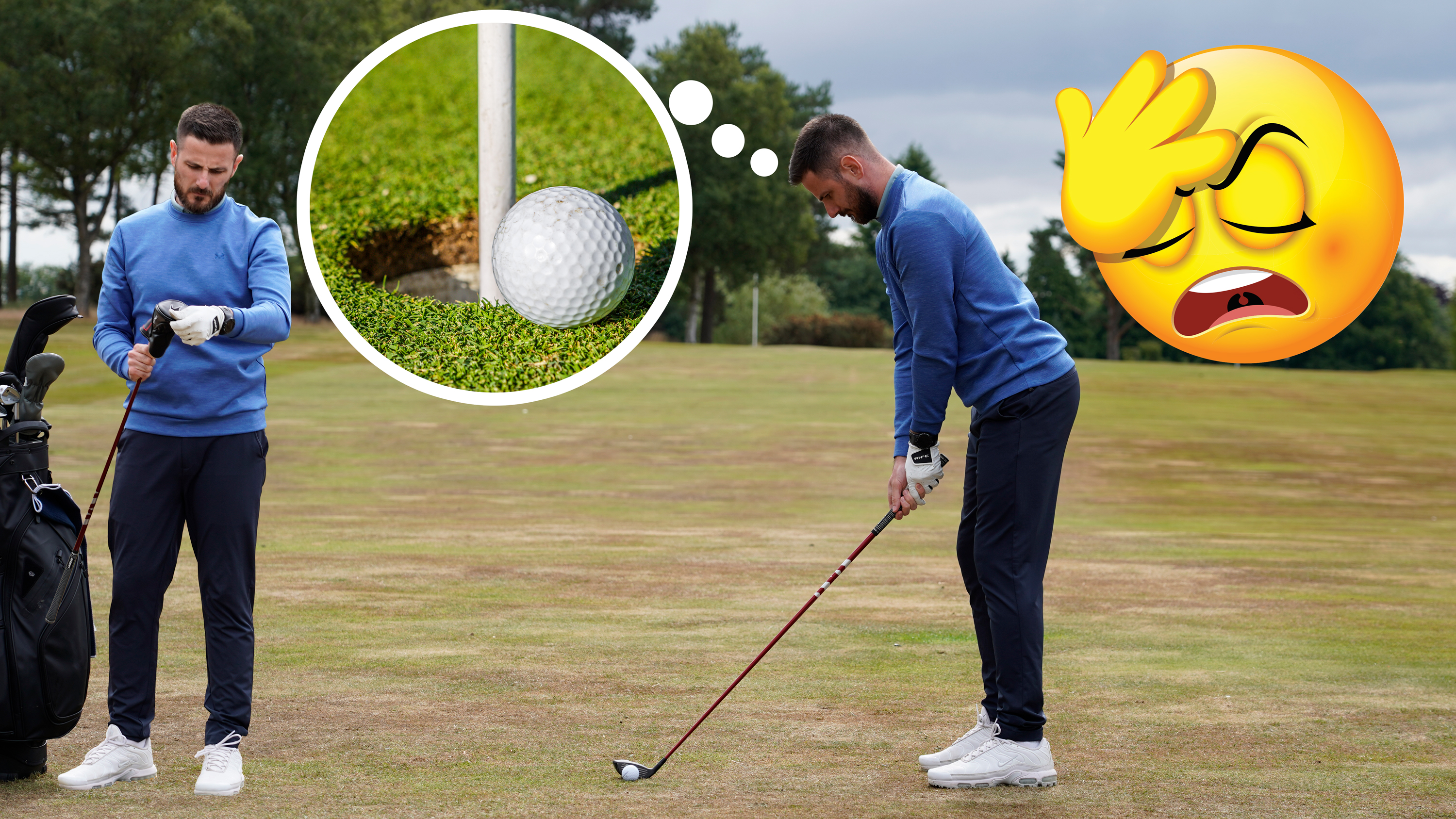 This Common Golf Shot Is Almost Impossible For Some Amateurs... Here's What You Should Do Instead
This Common Golf Shot Is Almost Impossible For Some Amateurs... Here's What You Should Do InsteadThis shot is taken on by many amateurs who foolishly think they can beat the odds, but the data suggests it's almost impossible for some golfers to execute
-
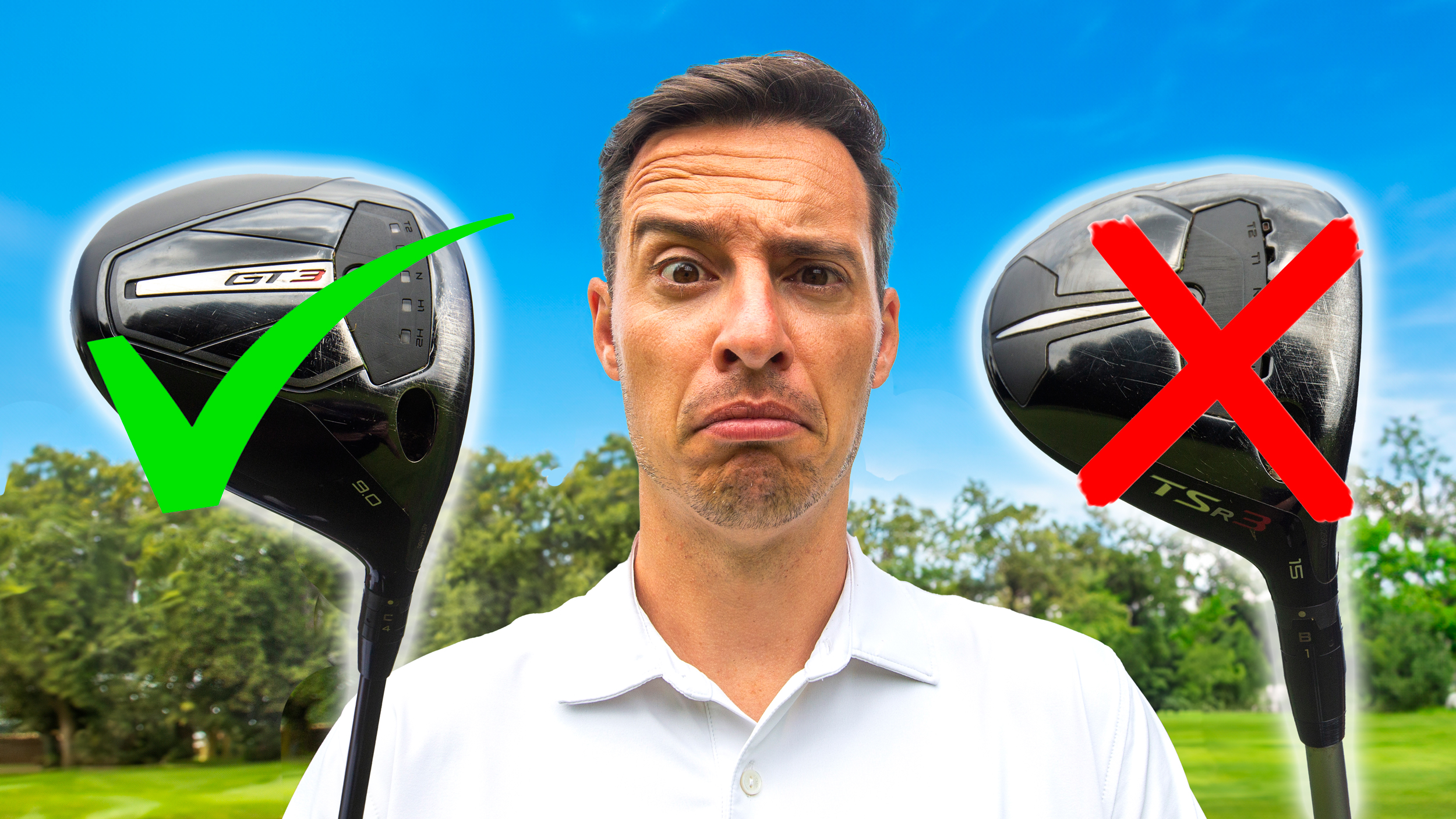 The Biggest Strategy Myths In Golf... Debunked By Data!
The Biggest Strategy Myths In Golf... Debunked By Data!We dispel some of the biggest myths in the game when it comes to optimum strategy and club selection. Some of which will really surprise you!
-
 Should You Go For The Green On A Driveable Par 4?
Should You Go For The Green On A Driveable Par 4?On paper they represent a scoring opportunity, but what is the optimum approach on short par fours? We crunch the numbers to reveal all